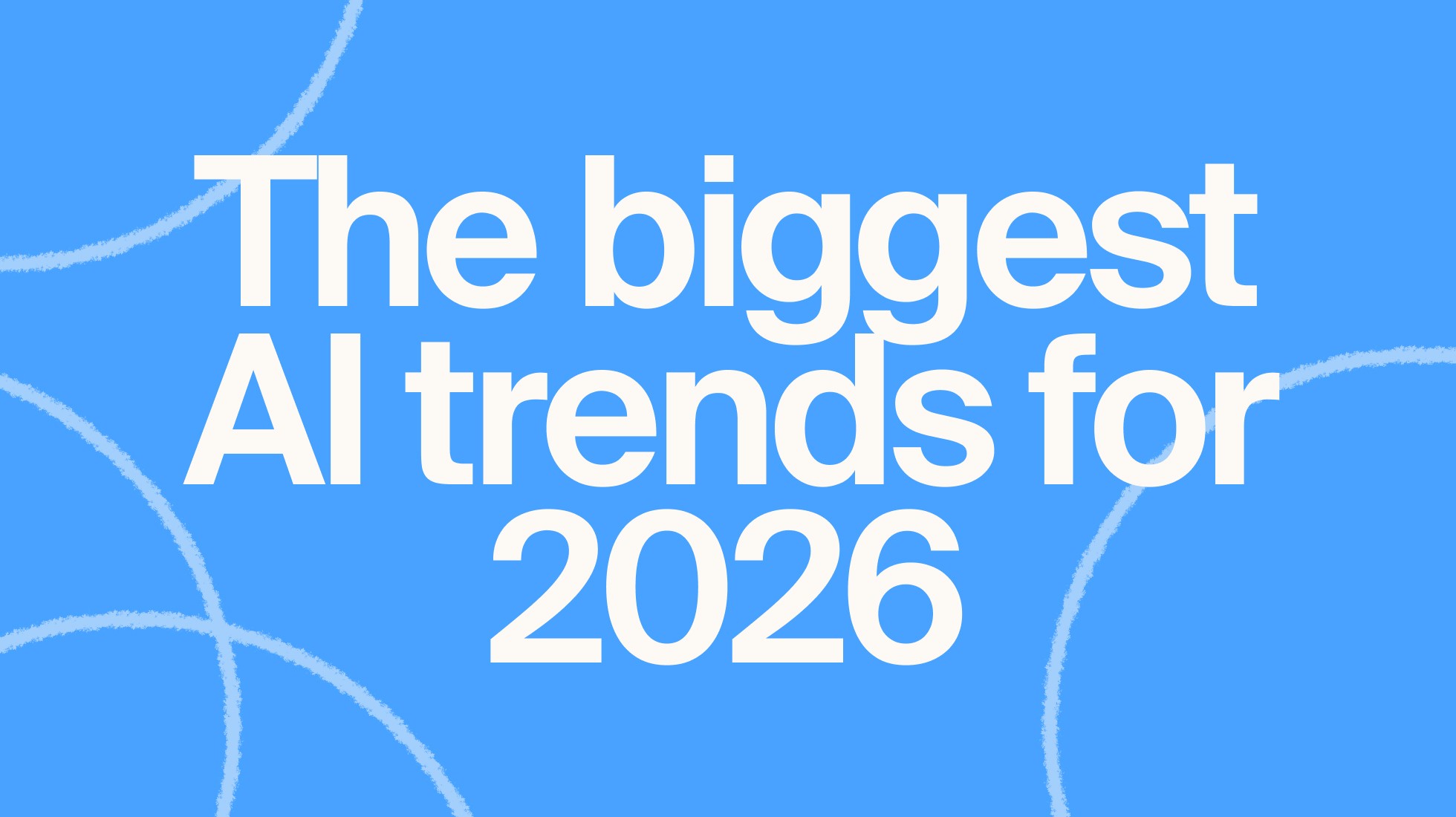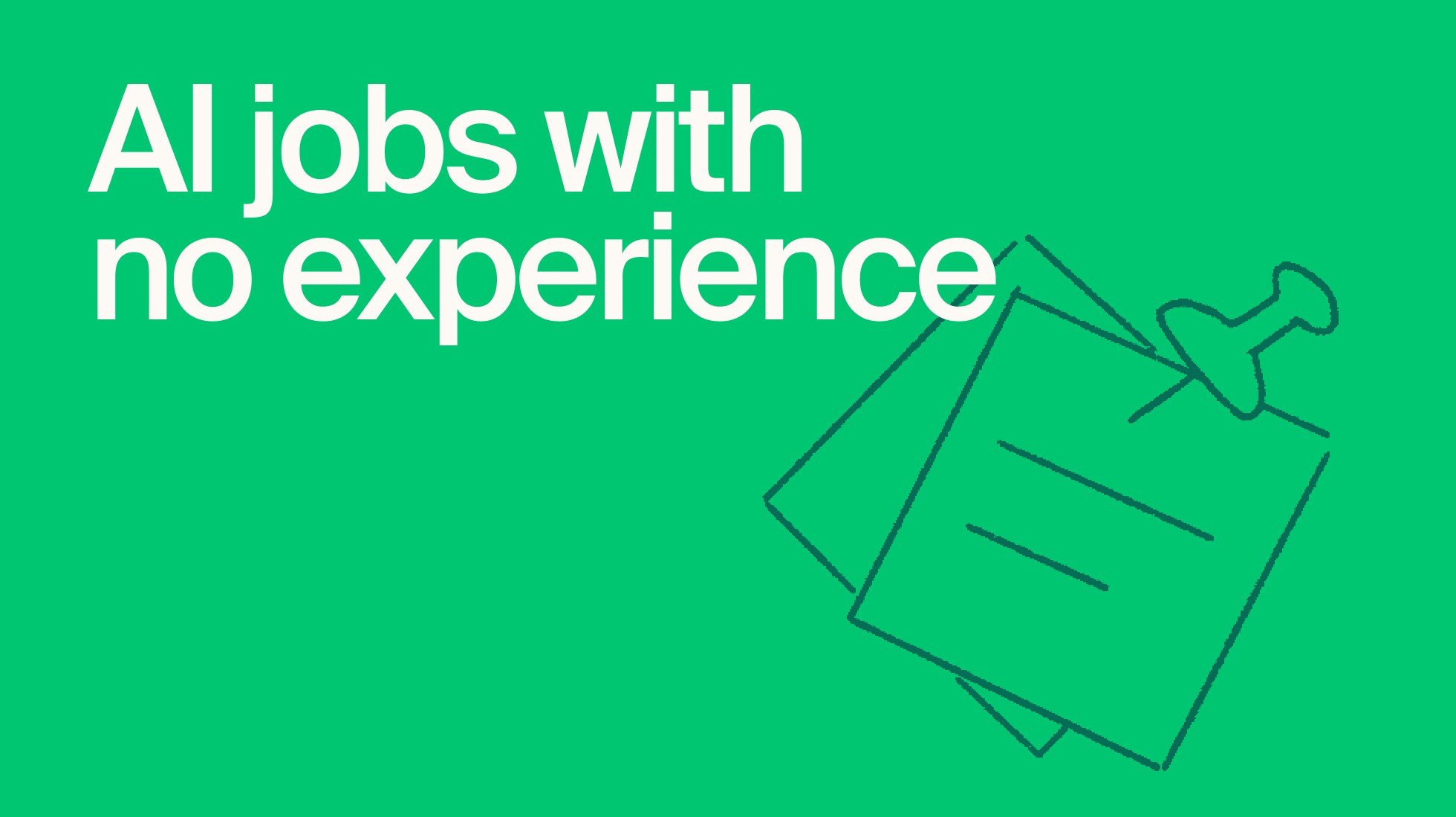AI Training
July 4, 2025
Article by
Mindrift Team
Every project at Mindrift begins with an onboarding process — and it’s not just a formality. Onboarding shows us you’re ready to jump into the project, but it also helps you to:
Learn the ins and outs of the project
Prepare yourself for the types of tasks you’ll be completing
Get detailed instructions and important information
We recently chatted with Simon, a Senior QA at Mindrift, and asked him to share the top mistakes he sees again and again (and most importantly, how to avoid them).
1. Skimming through the materials
“The first mistake I see contributors making is skimming everything too quickly,” Simon says. Skimming might save you time, but it’s risky — especially when many projects require 30+ pages of documentation, domain-specific guidance, and detailed task instructions.
“When the onboarding process is complex and detailed, people sometimes get frustrated and bored, so they skim through the content. The details might look superficially simple but they often turn out to be more complex,” he explains.
Not taking the time to read through the onboarding material properly puts contributors at a risk of:
Not completing tasks properly
Missing critical information
Losing pay due to errors or negligence
Getting removed from the project
“Unfortunately, if you fail the onboarding, that’s it — you don’t get another chance,” Simon says. The key? Don’t rush. Treat onboarding like an interview (because it kind of is).
2. Relying too much on subject matter expertise
“Your expertise in your own subject is very different from the expertise required to work with large language model training,” Simon explains.
This is one of the most common reasons high-level professionals struggle through onboarding. A PhD in finance doesn’t automatically translate to high-quality AI training tasks. Why? Because these tasks aren’t just about what you know but how you present it.
“It might be the way something is laid out. It might be the language used. It might be formatting. These are extra requirements that you also have to understand,” he adds.
Again, the best advice is to take your time. Go through the project onboarding materials slowly and carefully, taking into account that these tasks are very different from your professional experience — and reach out to our team if something’s left you feeling confused.
3. Overlooking logistics
Time limits and tool usage matter. The onboarding process often comes with timed tasks and tests because we want to make sure you’re ready to handle the real thing. We also want you to feel confident and comfortable using the platform.
“A common request in the onboarding pipelines is, ‘Oh, my task expired. Can you reset it for me?’” Simon says. “And, unfortunately, the answer is no.”
You’ll always get a description of the onboarding tasks — many of which are timed — so if a task description states you need 1 hour to complete it, make sure you have 1 hour.
“If you don’t have time to finish it, don’t start it right now. Start it when you know you’ve got the time,” Simon stresses.
Instead of rushing through onboarding, set aside enough time and make sure you’re in a quiet environment where you can fully focus on the task at hand.
Explore AI opportunities in your field
Browse domains, apply, and join our talent pool. Get paid when projects in your expertise arise.
Level up your AI training game
Whether you’re starting the onboarding process or waiting for your next opportunity, there’s no better way to ensure success than learning about the process.
Ready to level up your AI training knowledge? Explore how understanding the target audience can help you train better, more effective AI models.
Article by

Mindrift Team




